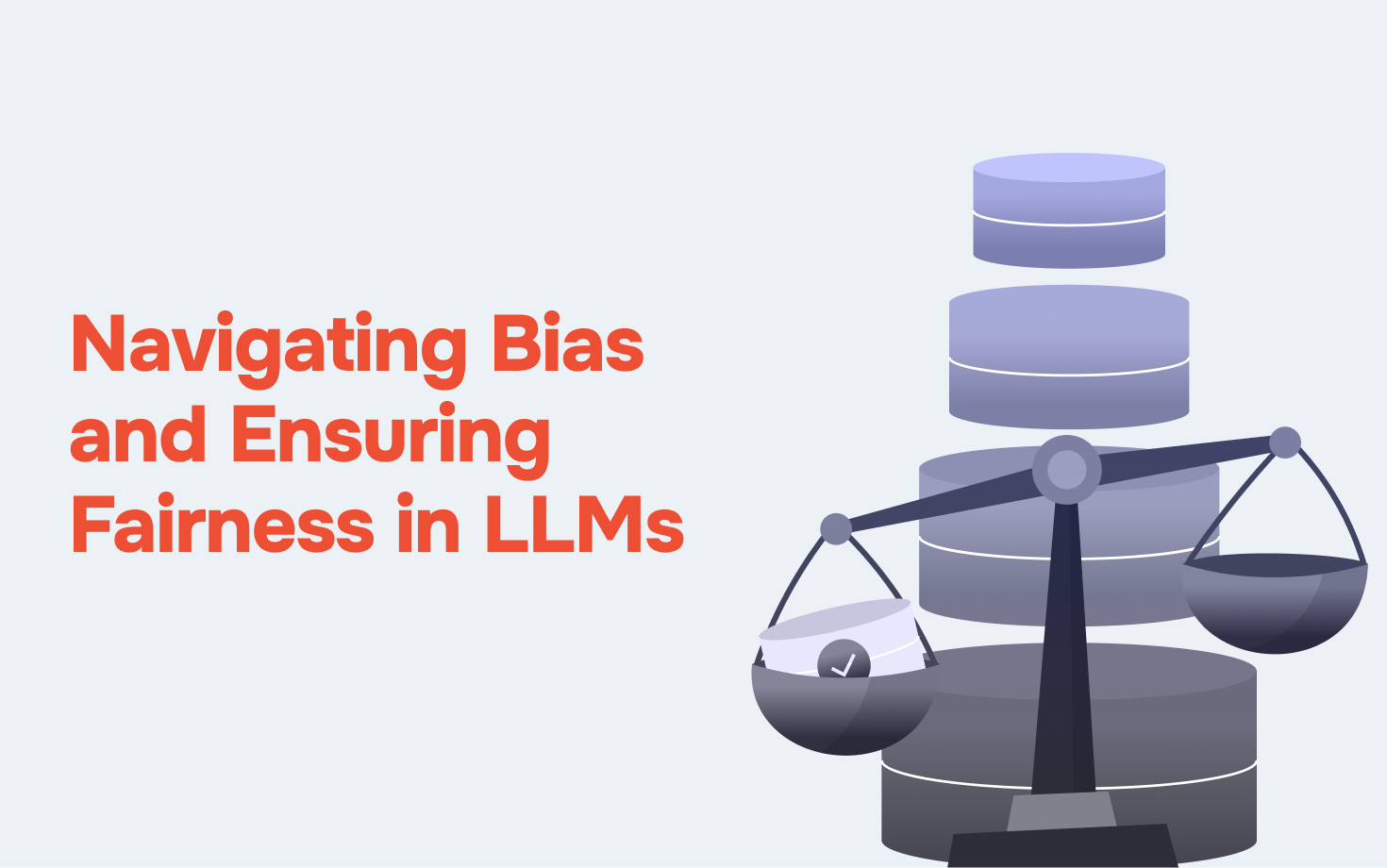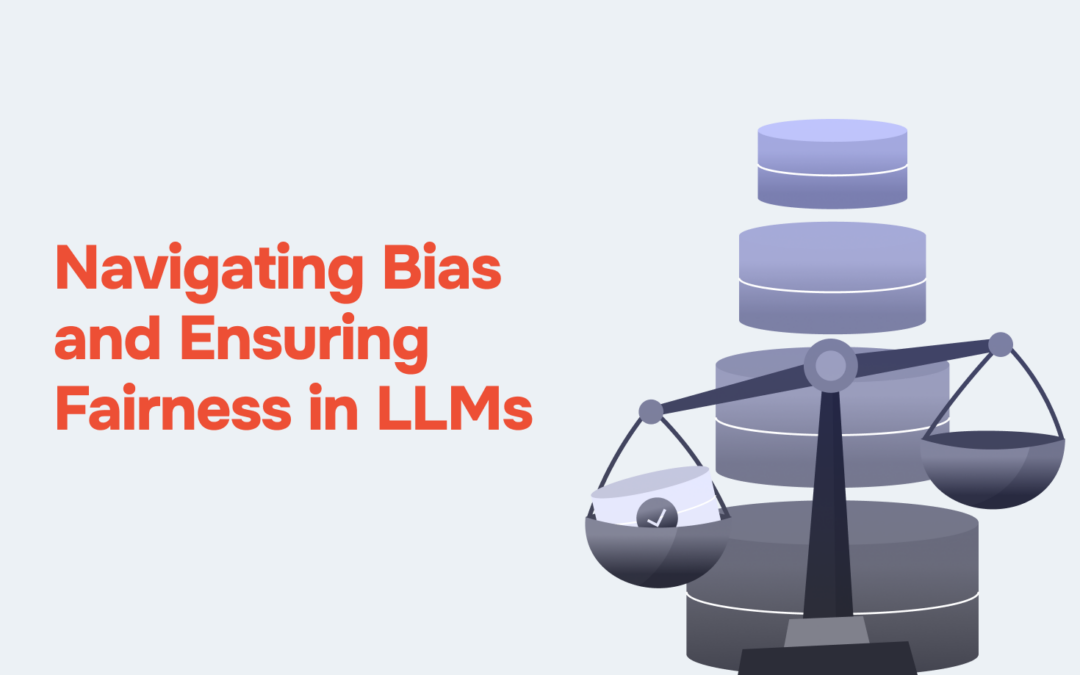
Bias in language models can manifest in various forms, including gender bias, racial bias, cultural bias, and more. When these biases are present in the training data, they can perpetuate and even amplify stereotypes, leading to biased outputs when the model generates text. For instance, a language model trained on biased data may associate certain professions or roles with specific genders or ethnicities, reflecting societal biases present in the data.
To address these challenges, developers and researchers are increasingly focusing on methods to mitigate bias and promote fairness in language model training data. Here are some strategies.
Diverse Data Collection
One sure shot approach to reduce bias is to ensure that the training data represent a diverse range of perspectives and demographics. By including data from various sources and communities, developers can reduce the likelihood of reinforcing existing biases. Actively seeking out underrepresented voices can help improve the inclusivity of the model.
Bias Detection and Analysis
Before training a language model, it’s essential to analyze the training data for potential biases. This involves using techniques such as word embeddings and sentiment analysis to identify biased language or associations within the data. Read Hexon’s analysis of an LLM jailbreaking exercise to understand more.
Data Augmentation
Data augmentation techniques involve modifying the training data to create more diverse examples while preserving the original meaning. For instance, gender-swapping or altering demographic information in text can help reduce gender or racial biases. However, it’s crucial to ensure that these modifications don’t introduce new biases or distort the original context.
Bias Mitigation Algorithms
Several algorithms have been developed to mitigate biases in language models during training. For example, debiasing methods aim to remove bias vectors from word embeddings, ensuring that the model’s representations are more neutral. Adversarial training is another technique where the model is trained to generate outputs that are indistinguishable from those generated by a debiased model, encouraging it to produce less biased outputs.
Fairness Evaluation Metrics
Evaluating the fairness of a language model’s outputs is crucial for identifying and addressing bias. Metrics such as demographic parity, equalized odds, and disparate impact analysis can help assess whether the model’s predictions are fair across different demographic groups. Regularly monitoring these metrics throughout the model development process enables developers to make adjustments as needed.
Transparency and Accountability
Transparency in the development process, including disclosing the sources of training data and any bias mitigation techniques employed, is essential for building trust in language models. Establishing mechanisms for accountability, such as independent audits or oversight committees, can help ensure that bias mitigation efforts are effective and robust.
While these strategies are essential for managing bias and promoting fairness in language model training data, it’s important to recognize that bias elimination is an ongoing process. Language evolves, societal norms change, and new biases may emerge over time. Therefore, developers must continuously monitor and update their models to address evolving challenges and maintain fairness.
How Hexon Global can help you with AI
Count on Hexon Global’s AI expertise and hands-on experience in deploying, managing, and fine-tuning AI and ML infrastructures on AWS. We ensure optimal performance and efficiency to meet the demands of your AI and ML workloads, while accounting for all potential biases and vulnerabilities.
Make Hexon Global your trusted ally in advancing your AI and ML initiatives on AWS. Reach out to us.
Contact Us
Get in touch
Understand how we help our clients in various situations and how we can be of service to you!





